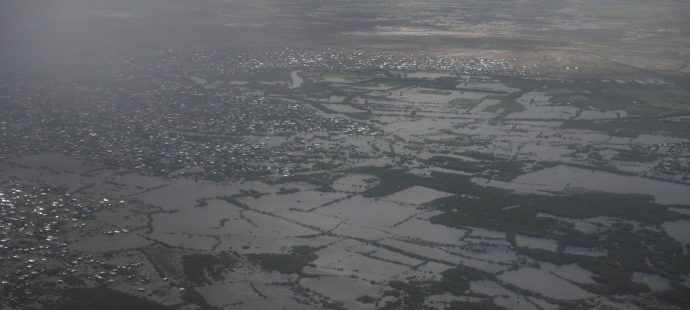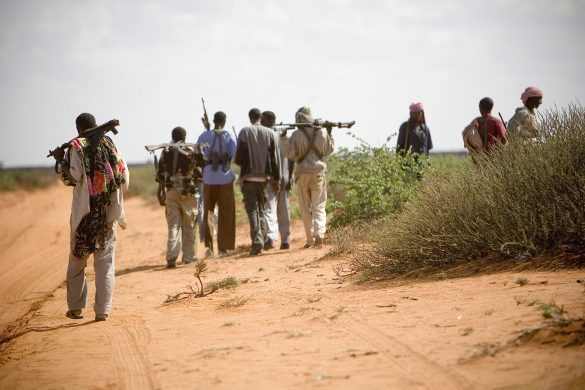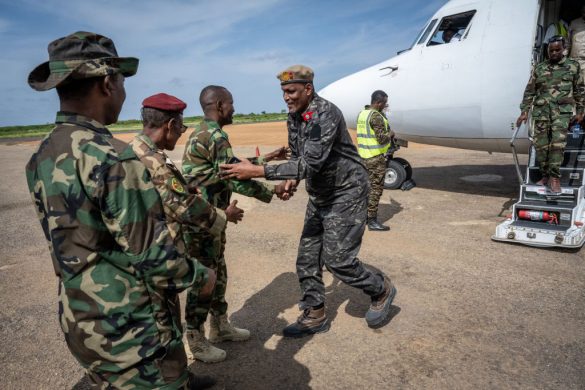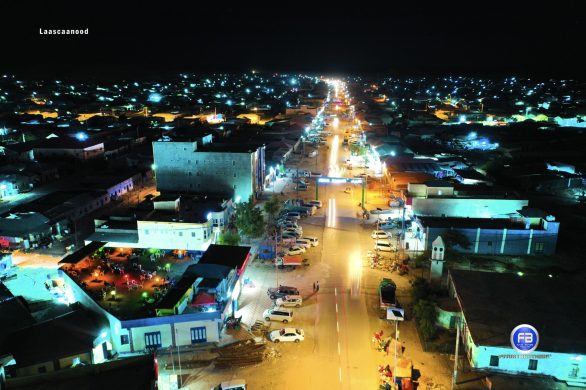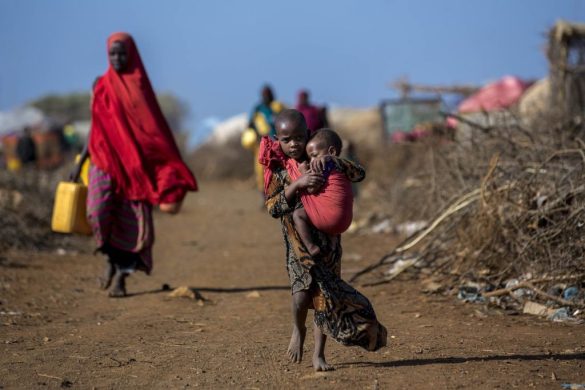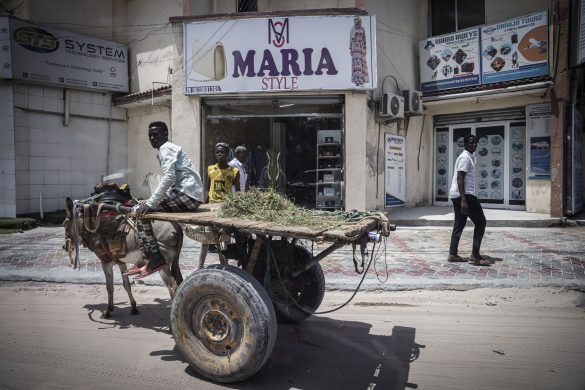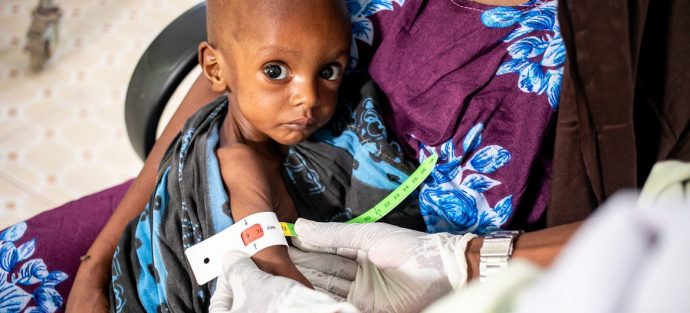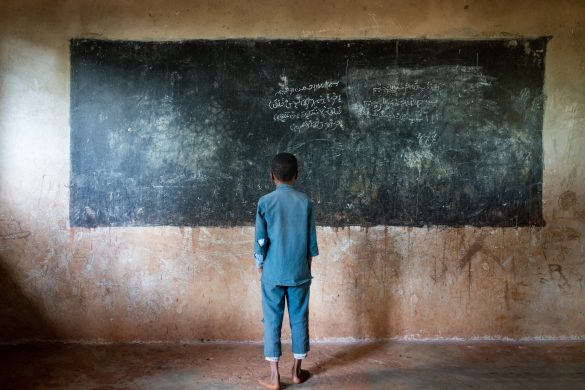According to the UN Food and Agriculture Organization (FAO), the current floods are some of the worst the region has ever seen, and the current water level exceeds a 50-year return period in most locations.
“Internally displaced people remain the most vulnerable to the impact of the flooding with many camps located in low-lying areas,” Stéphane Dujarric, the spokesperson for the UN Secretary-General said, briefing reporters in New York on Monday.
“Humanitarian partners on the ground have prioritized water, sanitation, hygiene, [health,] shelter and food response in their interventions,” he added.
The heavy rains and flash floods come only months after a devastating drought left over six million people in need of humanitarian assistance last year.
Floods worse than anticipated
The magnitude of rainfall has been much worse than anticipated, said Yngvil Foss, the deputy head at the UN Office for the Coordination of Humanitarian Affairs (OCHA) in Somalia.
“Initially, all humanitarian actors started responding with the means and assets they had available,” she said, noting that UN relief agencies have been able to raise funding over the past week to scale up critical interventions.
The UN World Health Organization (WHO), for instance, delivered 4.5 million metric tons of medicines and other medical supplies to Belet Weyne, the capital of the hard hit HirShabelle province, on 29 April.
Peacekeeping troops from the African Union Mission in Somalia (AMISOM) also evacuated more than 10,000 residents of Belet Weyne from inundated parts of the city as well as providing tarpaulins and water to those affected.
More funding urgently needed
However, more funds are urgently needed to help the increasing numbers of internally-displaced.
Yesterday, Somalia’s President, Mohamed Abdullahi Mohamed “Farmajo” visited flood affected areas and appealed to the international community for urgent humanitarian assistance.
Somalia’s Humanitarian Response Plan for 2018, totalling $1.5 billion (before the floods), is only 19 per cent funded. Launched by UN agencies and humanitarian partners, it aims to reach some 5.4 million people with assistance.

